For your information
You are being redirected to one of our divisional subsites which contains more detailed information on the required division. To navigate back to the main Invicta Group site, please click the link found in the footer at the bottom of the page.
- Durasteel
Discover the benefits of Durasteel
- Systems
Systems
- Expertise
Expertise
-
Applications
- Aircraft Hangar Fire Protection
- Battery Storage Facilities
- Building Fire Compartmentation
- Anti-Terrorist Blast Protection
- Cable Tunnel Fire Compartmentation
- Equipment Delivery Hatches
- Equipment Enclosures
- Heat Shields
- Power Station Fire Protection
- Metro and Rail Fire Protection
- High Voltage Cable Protection
- Substation Fire & Blast Protection
- Tunnel Fire Protection
- Oil & Gas Fire & Blast Protection
- Ventilation Systems
- Wind Farm Fire Protection
-
Applications
- Projects
- Insights
Insights
-
Articles
- Blast Protection System Design Considerations & Design Criteria
- How to Conduct a Fire Risk Assessment for Factories and Warehouses
- Minimising the Risk of Fire, Blasts & Explosions in the Middle East
- Integrity, Stability and Insulation in Passive Fire Protection
- Triangle of Fire & Active vs Passive Fire Protection
- Frequently Asked Questions
- A to Z of Terms
-
Articles
- Contact
Contact

UK +44 1843 220 256

US +1 305 328 9444

UAE +971 4 277 6225

Qatar +974 4441 4340

India +91 79945 14049

Malaysia +60 16 286 6225
- Start your project
Why Your Approach To Fire Protection Should Be More Holistic
2nd June 2020
Seeing the bigger picture
Quick Quote
Contact Fraser Shearer Sarun Vysakham Ben Tan Anand Raghavan Anand Raghavan Our USA Office
To get a quotation or arrange a free site survey - Call Fraser Shearer Sarun Vysakham Ben Tan Anand Raghavan Anand Raghavan Our USA Office on
-
 UK
UK
-
 UAE
UAE
-
 Malaysia
Malaysia
-
 India
India
-
 Qatar
Qatar
-
 USA
USA
Current location:
Quick Quote
Contact Fraser Shearer Sarun Vysakham Ben Tan Anand Raghavan Anand Raghavan Our USA Office
-
 UK
UK
-
 UAE
UAE
-
 Malaysia
Malaysia
-
 India
India
-
 Qatar
Qatar
-
 USA
USA
Current location:
There can be no doubting how far we’ve come in regards to fire safety. Each tragic incident has been an opportunity to learn and improve, both in the way we respond to fires and how fires interact with the environments around us. The benefits of proper fire protection and safety protocols are self-evident, and organisations across the world are seeking to implement the highest possible standards.
There is always more that can be done, however, and the lower incidence of fires can lead people to become complacent. While more attention is paid to the fire safety of individual products and systems, less attention is often paid to how they interact with each other – and how unseen fire risks may be lurking as a result.
Damage control
You would think that fire safety would be at the top of everyone’s list of priorities. After all, a fire has the capability to devastate almost any operation, with little chance of predicting when one might happen. However careful you are and however thorough your maintenance regimen, the capacity for human error or a sudden fault always remains. Fire protection pays for itself by keeping your facility safe from damage, and your employees safe from harm.
Yet even in the largest and most lucrative facilities, destructive fires persist. Refinery fires such as at this site in Malaysia can cause billions of dollars in lost revenue, as operations have to be shut down for multiple months. Elsewhere, fires can cause irreparable damage to historical and cultural sites, as seen in the recent fire at Notre Dame. In both cases, the risk will have been evident and the planning will have been comprehensive, yet a major fire still occurred.
The fact that the biggest and most protected sites can fall victim to fires may seem humbling, or even intimidating. But what it reveals beyond anything is a common flaw in the human mindset, one we need to overcome to improve our grasp on fire safety. While the codifying of fire safety legislation can often make it seem like a checklist to follow, the reality is that fire safety – and a fire itself – is much more dynamic.
A disparate approach
Take the example of the Grenfell Tower fire, a tragic event which claimed 72 lives. While the enquiry into the disaster has revealed a litany of failures, what many of them have in common was a prescriptive approach to fire safety regulations, and a delegation of responsibility to others. Different aspects of the building’s 2016 renovation were carried out by different contractors, with individual assurances of fire safety and a focus on keeping costs down.
On their own, in certain circumstances, most elements of the building’s fire safety provisions might have been sufficient. Yet a simple inspection would have shown that one aspect would easily be undermined by another. A single staircase would be adequate if the fire doors and ventilation had prevented smoke from accumulating there – but they did not. The ‘stay put’ policy would have been fine if the fire hadn’t spread up the facade – but it did. Sprinklers would not have been a magic bullet, but they would have helped, buying more time for escape and rescue.
Many of these problems were fundamental to the law – the single staircase, cladding and lack of sprinklers were all unique aspects of UK building regulations, and considered retrograde elsewhere. But if these problems were so evidently dangerous, it wouldn’t have taken until 2017 for such a fire to occur. It was the way in which one flaw exacerbated another that caused the fire to spread out of control, and impeded the evacuation and emergency response.
Managing risk
Grenfell is an extreme example, and owes as much to oversights in regulations as anything else. But the lack of joined-up thinking is something that is common to many buildings and businesses. It is frequently the case that decisions on different elements of a structure – or items within them – are made by multiple individuals in silo, with little consultation between them. Without the context provided by others, a decision that is safe in isolation may be dangerous in reality.
This is not just an issue of communication, but methodology. Fire safety has to start at the inception of a building project, and be carried through to its management and maintenance. Fire management planning and the use of Building Information Modelling (BIM) can help to keep facilities and building managers in the loop, ensuring that you have a blueprint for fire safety that everyone can refer back to. This information can then be updated as further changes are made, with fire safety solutions cross-referenced and compatibility checked.
This is extremely useful for elements of fire safety which can be difficult to assess via inspections, and for assessing the varying requirements of a large site or structure. By using BIM, it’s possible to model things like smoke dynamics, pick up on potential bottlenecks in escape routes, and highlight structural elements that could be compromised by a fire, such as life safety cables. This will then allow you to form an action plan, carrying out spot checks and logging maintenance within the system.
It’s still often the case that people look at a single form of passive or active fire protection and assume it solves their problems. But as we’ve seen, even one perfectly installed and maintained solution can fail if it isn’t part of a fire safety framework.
It’s easy to suggest that some fires are simply inevitable, and that we may never eliminate the risk of fires and blasts entirely. While this may be true, it shouldn’t be an excuse to be comfortable with the level of fire protection we have. By taking a more holistic approach to fire safety, with all of the planning and communication that involves, you’ll ensure that everyone is seeing the same picture, and singing from the same hymn sheet.
Accreditations & Affiliations

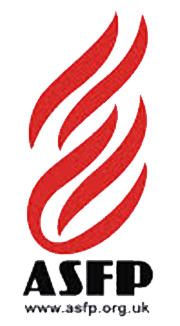







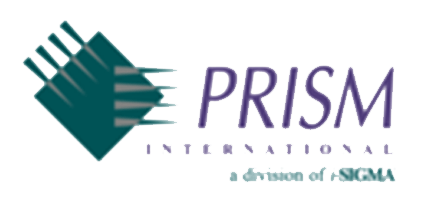

SpecUp - System Specification Wizard
Answer the 5 short questions below to receive your recommended Durasteel system specifications. Hover over the ? icons for a brief explanation.
Question 1/5
Type of system required?
Question 2/5
Fire rating required?
Question 3/5
Fire integrity-only or integrity and insulation?
Question 4/5
Fire attack risk from one side or both sides of the system?
Question 5/5
Blast rating required in addition to fire rating?
Creating your results page
Thanks for completing the SpecUp, you’ll be redirected to your results shortly.
Click here if you aren't redirected after a few secondsStart your project
Tell us about your project. Please complete this form. One of our sales team will come back to you with more details. If you prefer, you can drop us an email.
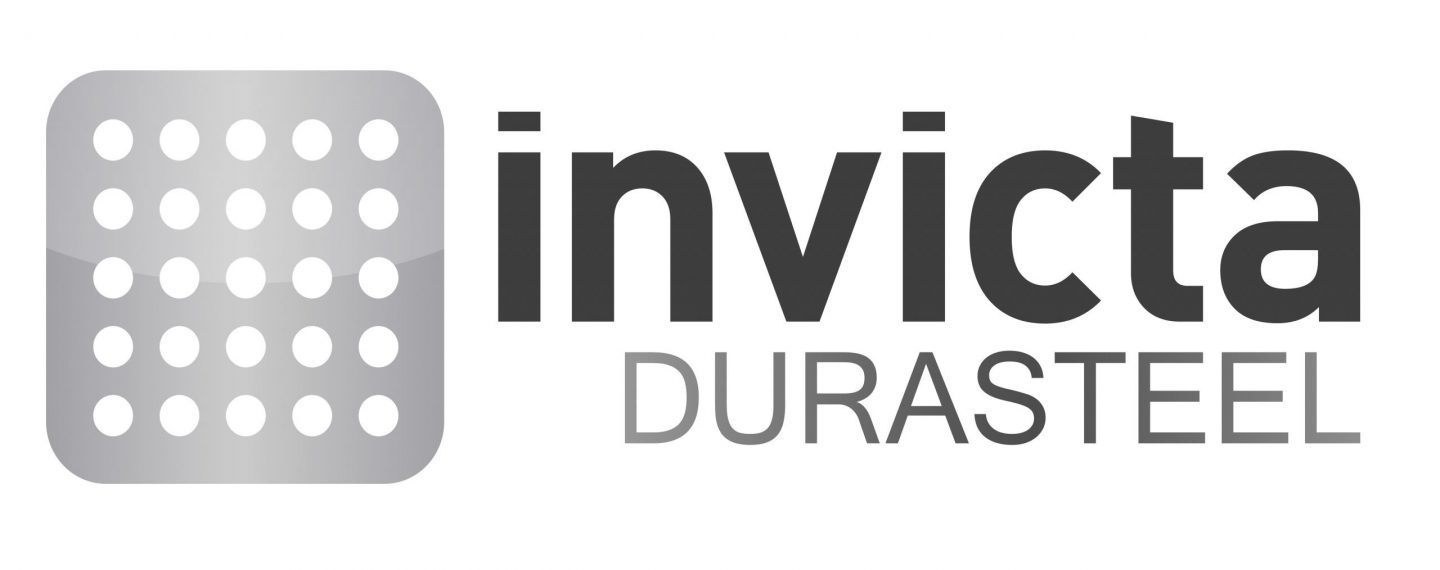

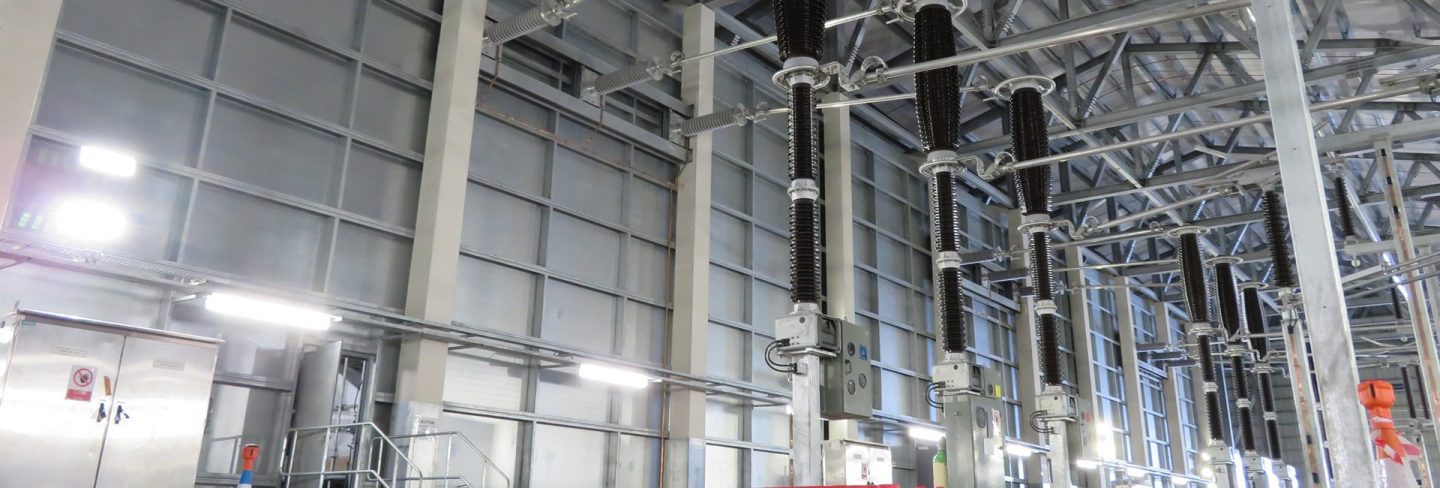
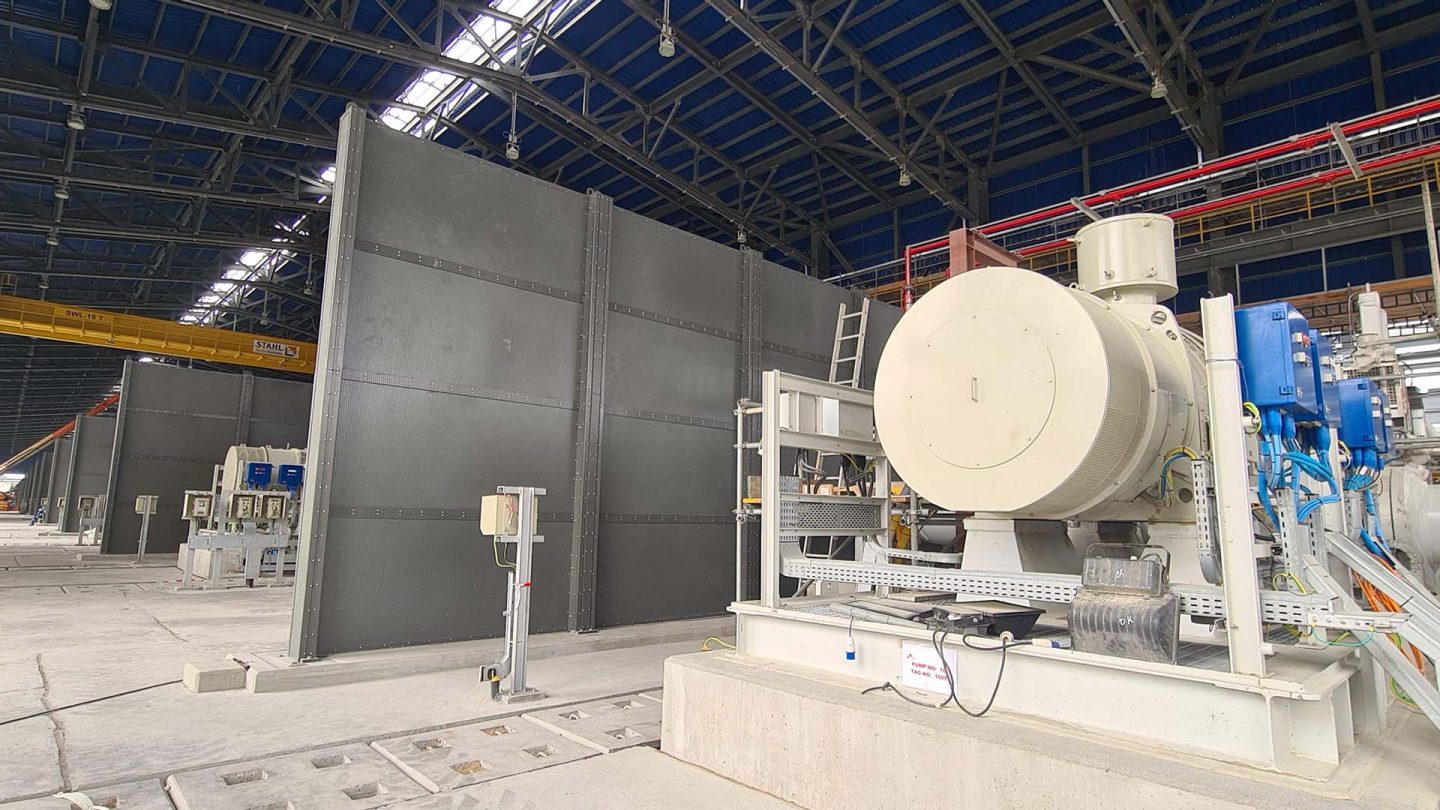
Share/Like this page